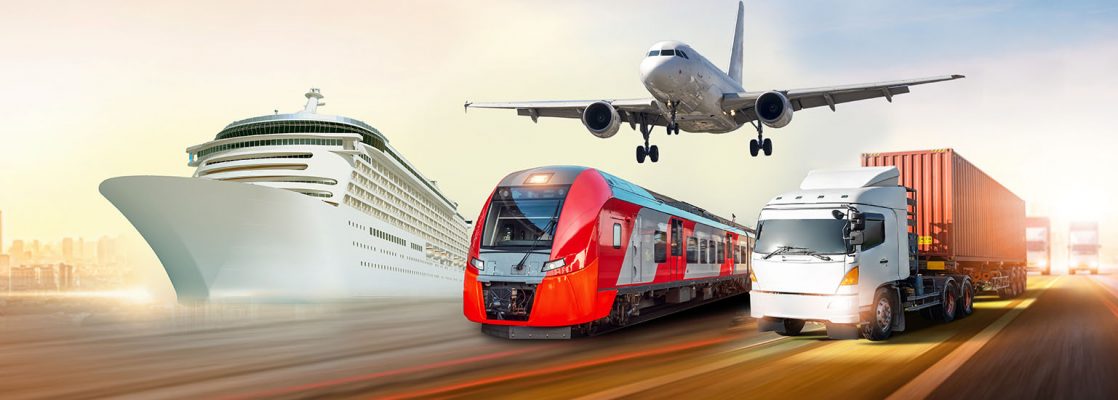
In the vast expanse of human civilization, the concept of transport has evolved significantly, shaping the way we live, work, and interact. From the rudimentary wheel’s invention to the sophisticated, high-speed trains and spacecraft of today, transport systems have been pivotal in human progress. But how many transport systems do humans have? This question might seem straightforward, but the answer is far from simple. Let’s delve into the intricate web of human transport systems and explore their evolution, diversity, and impact on our lives.
- Land Transport Systems
Land transport is the oldest and most widely used system. It includes various modes such as walking, cycling, and the use of animals for transport. With the advent of the industrial revolution, motorized vehicles like cars, buses, and trucks became prevalent. Rail transport, including trams, light rail, and trains, is another significant component of land transport. In recent years, the advent of electric and autonomous vehicles has added a new dimension to this system.
- Water Transport Systems
Water transport has been instrumental in connecting different parts of the world. It includes boats, ships, and submarines used for transportation, exploration, and even warfare. Inland water transport, involving rivers and canals, is crucial for many regions worldwide. The advent of containerization has revolutionized maritime transport, making it a backbone of global trade.
- Air Transport Systems
Air transport has shrunk the world, making long-distance travel quick and convenient. It includes airplanes, helicopters, and airships. The development of supersonic and hypersonic aircraft promises to make air travel even faster. Drones, initially used for military purposes, are now finding applications in various fields, including transport.
- Space Transport Systems
Space transport, once the realm of science fiction, is now a reality. It includes spacecraft used for satellite deployment, space exploration, and even potential space tourism. The International Space Station is a testament to the capabilities of space transport. The recent developments in reusable rockets by companies like SpaceX are set to revolutionize this system.
- Digital Transport Systems
In the digital age, transport is not limited to physical movement. Information and data are now transported globally at the speed of light through the internet. This digital transport system has transformed every aspect of our lives, from communication and entertainment to business and governance.
- Human Biological Transport Systems
Beyond these external systems, humans have intricate internal transport systems. The circulatory system transports blood, delivering oxygen and nutrients to cells and removing waste products. The nervous system transports electrical signals, controlling and coordinating body functions. The endocrine system transports hormones, regulating various physiological processes.
In conclusion, the question, how many transport systems do humans have? opens up a Pandora’s box of diverse and complex systems. These systems, continually evolving and intertwining, have shaped and continue to shape human civilization. As we stand on the brink of new frontiers like hyperloop transport and quantum teleportation, one can only marvel at the possibilities that lie ahead in the realm of human transport systems.

